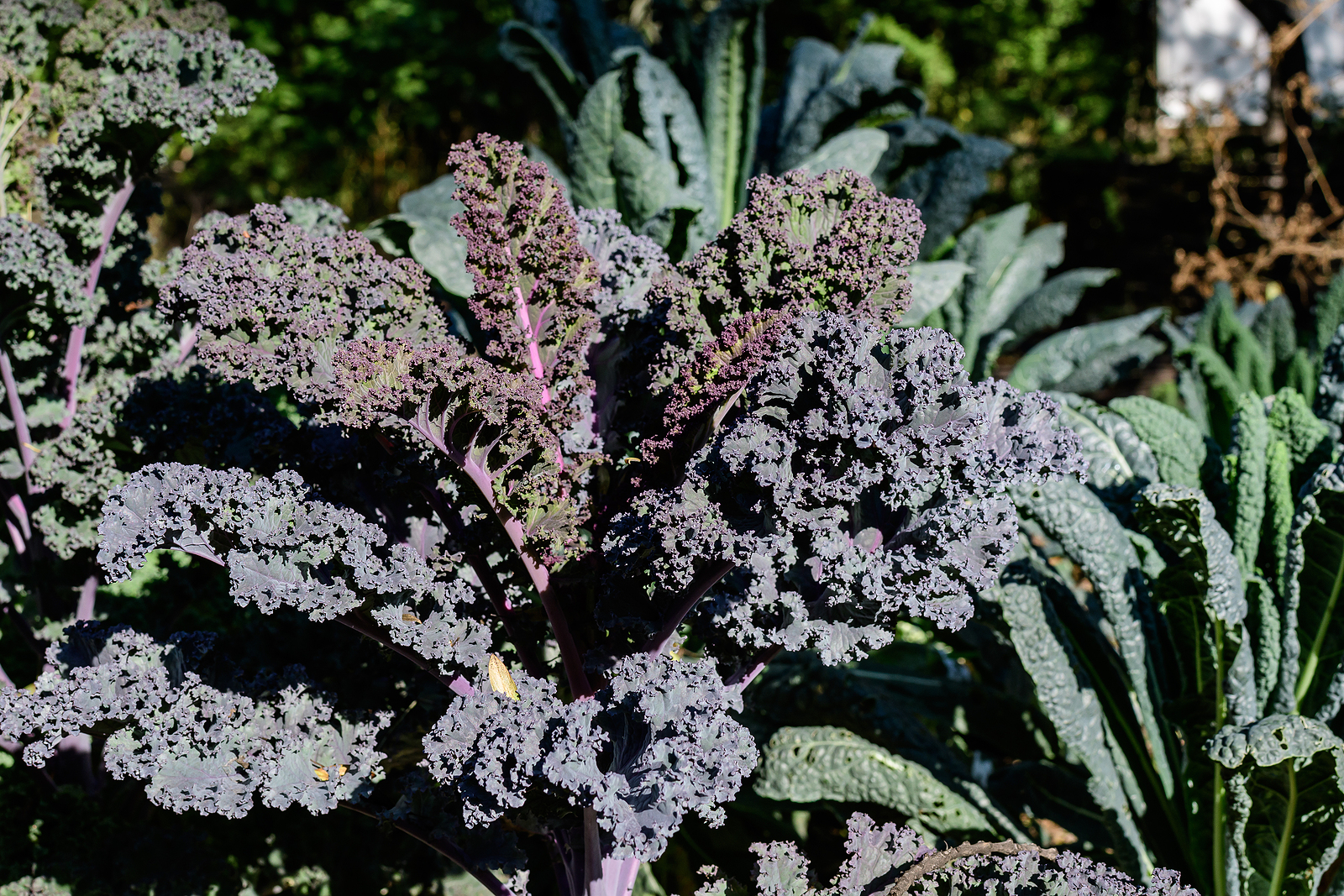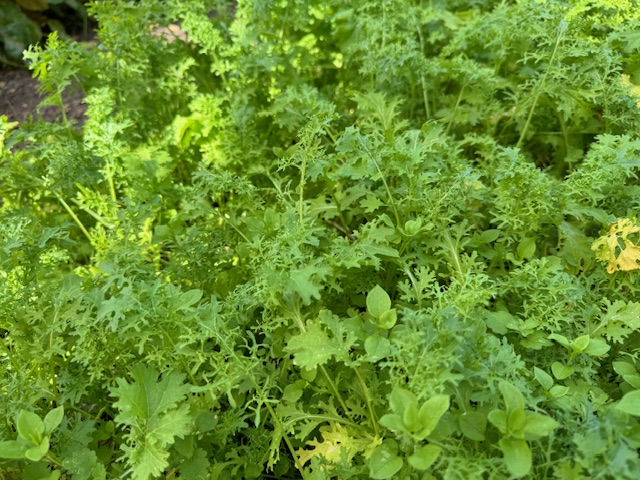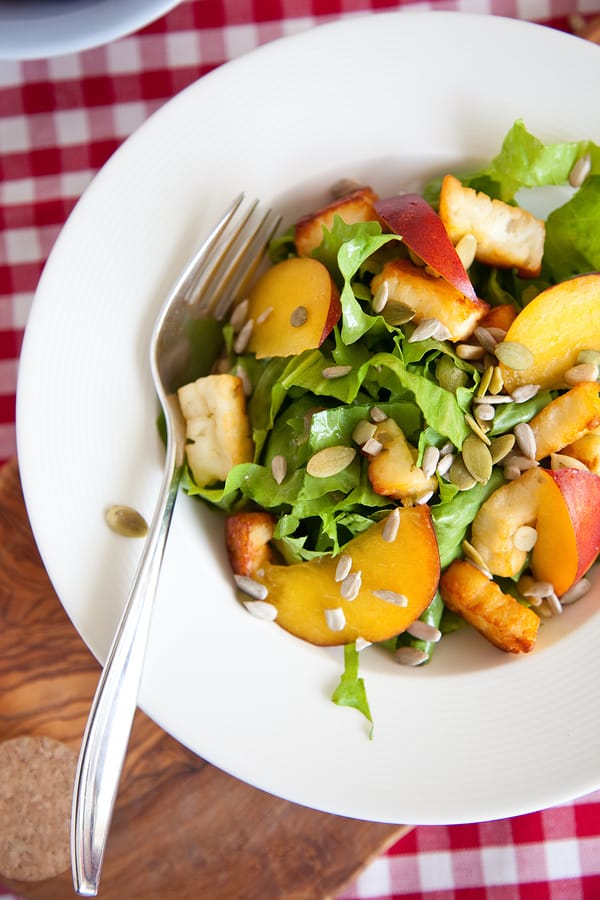Tips for Extending Kale Harvest Through the Season
Kale is a remarkably resilient and productive vegetable that, with the right care, can provide fresh, nutritious leaves for many months. Over my 30+ years of gardening—from the cold seasons of Iowa to California’s temperate climate—I’ve learned several effective strategies to stretch your kale harvest well beyond the typical growing window. Here are my top tips to keep your kale producing continuously and tasting its best all season long.

1. Succession Planting
Plant kale seeds or seedlings every 3–4 weeks throughout the growing season. This ensures you always have young, tender leaves ready to harvest while older plants mature. In colder climates, start succession planting early in spring and continue into late summer for fall crops.
2. Choose Cold- and Heat-Tolerant Varieties
Selecting varieties suited to your climate helps extend harvest times. For cooler weather, varieties like ‘Winterbor’ or ‘Red Russian’ tolerate frost and cold well. In warmer climates or summer months, opt for heat-tolerant varieties like ‘Lacinato’ or ‘Premier’ to avoid bolting and bitterness.
3. Use Protective Covers
Row covers, frost cloths, or low tunnels protect kale from early frosts, extending harvest into late fall and even winter in milder zones. They also shield plants from intense sun in hot climates, reducing stress and prolonging leaf production.
4. Prune and Harvest Regularly
Regular pruning encourages kale to produce new leaves. Harvest the larger outer leaves every 1–2 weeks, leaving the inner leaves to grow. Avoid stripping the plant bare to maintain vigor.
5. Maintain Soil Fertility and Moisture
Healthy, well-fed plants produce more. Apply balanced fertilizer or compost throughout the season and keep soil evenly moist. Mulching helps retain moisture and moderates soil temperature.
6. Manage Pests and Diseases
Keep an eye out for aphids, cabbage worms, and fungal diseases. Early intervention with organic controls or manual removal helps prevent damage that could shorten your harvest.
Insight: Lessons From My Garden
In Iowa, I relied heavily on succession planting and cold-hardy varieties to stretch my harvest through the short growing season. In California, protective covers and attentive pruning allowed me to enjoy fresh kale nearly year-round. Combining these methods consistently yields the longest, most flavorful harvests.
🥬 Kale Learning Hub
Start here: The Ultimate Kale Growing Guide: From Seed to Harvest
1. Types and Varieties of Kale
- Different Types of Kale Explained: Curly, Flat, Russian & Tuscan
- Best Kale Varieties for Different Climates
2. Planting and Timing
- Kale Seed Starting Tips
- When to Plant Kale for Fall, Winter, and Spring Harvests
- Succession Planting Kale for a Continuous Harvest
- How to Space and Thin Kale for Maximum Yield
- Zone-by-Zone Kale Planting Calendar
3. Seasonal Growing
- How to Grow Kale in Cold Climates and Overwinter Successfully
- Can You Grow Kale in Summer? Tips for Heat-Stressed Plants
4. Care and Maintenance
- How Much Water Does Kale Need? A Watering Guide
- How to Fertilize Kale for Lush Leaf Growth
- Best Companion Plants for Kale (And What to Avoid)
- How to Prune Kale for Continued Production
5. Container Gardening
6. Pests and Diseases
7. Harvest and Storage
- How to Harvest and Store Kale
- How and When to Harvest Kale Leaves for Best Flavor
- Tips for Extending Kale Harvest Through the Season
8. Kale in the Kitchen







